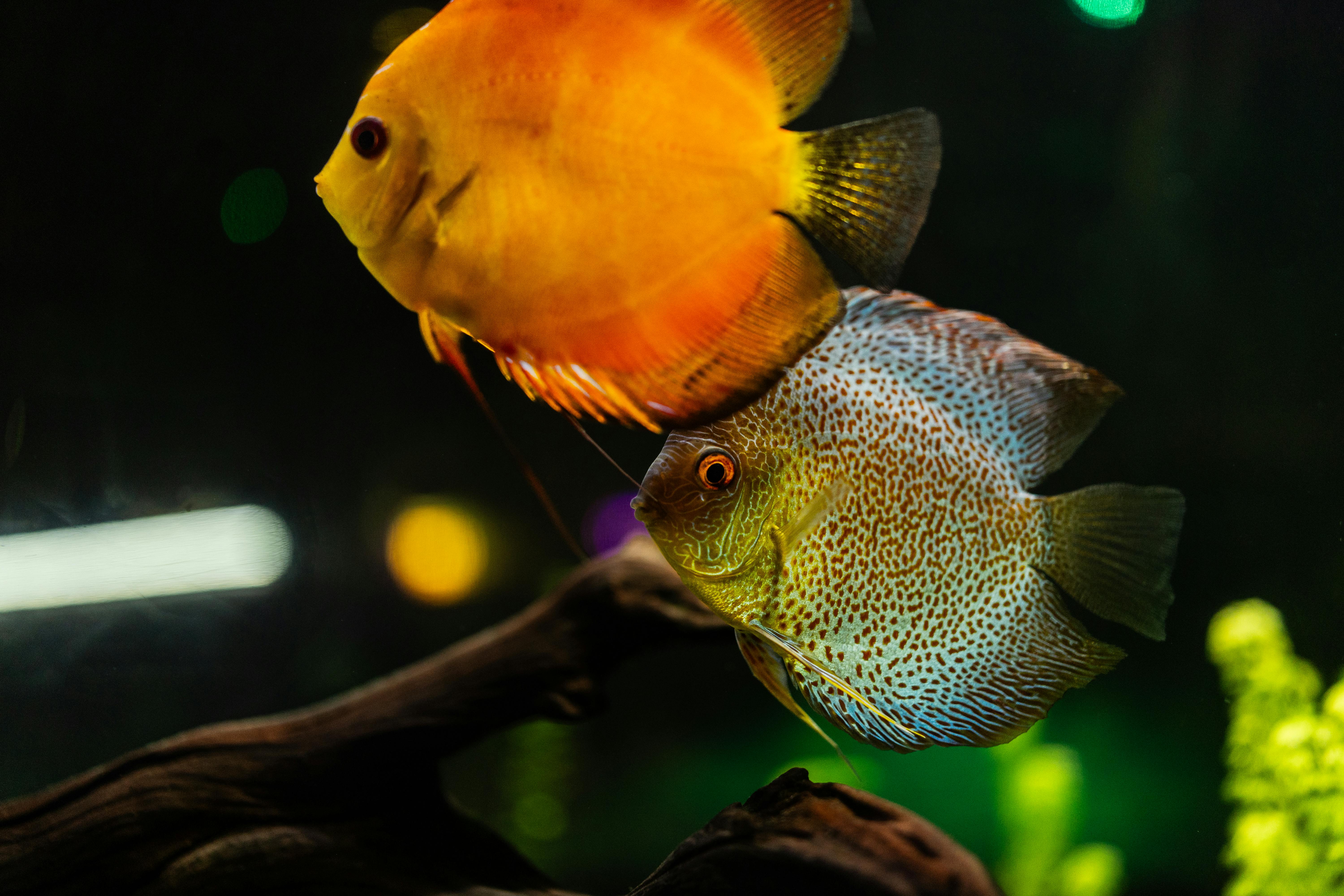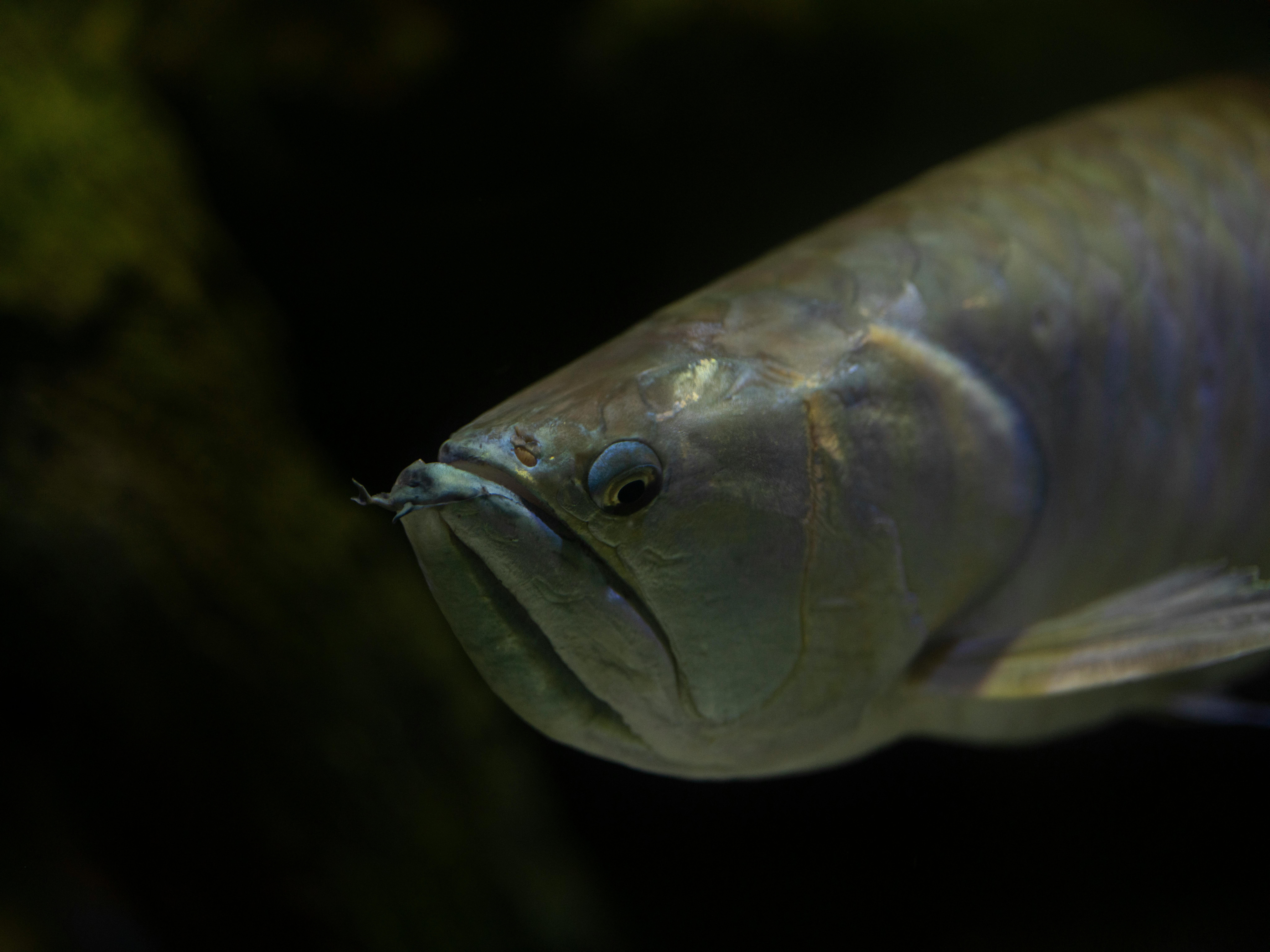Essential Guide to Snails for Fish Tank Care in 2025: Improve Your Aquarium Experience
Snails are often overlooked when setting up a fish tank but can play a vital role in enhancing your aquarium’s ecosystem. Not only do they assist with algae control, but many snail species also provide fascinating interactions as tankmates for fish. This comprehensive guide will explore everything you need to know about snails for fish tanks, including care, compatibility, feeding, and setup tips, ensuring that you create a thriving aquatic environment for both your fish and their intriguing snail companions.
Incorporating snails into your aquarium offers a multitude of benefits. They help maintain a clean tank by consuming detritus and algae, thereby improving water quality. Additionally, understanding the specific requirements of various freshwater snails, such as mystery snails and algae-eating snails, can unlock new levels of enjoyment and educational opportunities. This guide also emphasizes best practices for maintaining the health of your snails and how to seamlessly introduce them into your existing fish tank.
As we navigate through the article, you’ll discover essential topics such as the appropriate tank setup, selecting compatible snail species, feeding practices, and maintaining optimal water quality. You’ll gain insights into managing snail populations, recognizing potential problems, and even tips for breeding aquarium snails. By the end, you’ll be equipped with the knowledge needed to ensure a successful snail integration in your aquarium.

Properly Setting Up Your Snail Tank Environment
Creating the ideal habitat for your snails is crucial for their health and longevity. Proper setup not only involves choosing the right tank size but also considers elements like substrate, water quality, and temperature. Snails thrive in environments that mimic their natural habitats, so paying attention to their unique needs is essential.
Selecting the Right Snail Species
Different types of snails have varied requirements. For instance, mystery snails are popular due to their vibrant colors and ease of care. In contrast, other freshwater snail types may have specific dietary or tank size needs. Researching the different snail species for aquariums, along with their compatibility with fish, can help you create a flourishing ecosystem. Whether you opt for algae-eating snails or decorative ones, understanding their preferences is vital for success.
Understanding Snail Tank Needs
Understanding environmental needs, such as lighting and humidity levels, is crucial. For most freshwater snail species, soft, slightly acidic water conditions improve health and breeding success. A stable temperature range, typically between 70°F to 80°F, is optimal for maintaining snail vitality. Installing proper filtration will help sustain water quality, which is vital for both snails and fish. Additionally, choosing appropriate substrate—one that facilitates burrowing and algae growth—enhances the overall habitat.
Integrating Plants and Decoration
Including live plants in your snail aquarium not only provides hiding spots but also contributes to water quality through natural filtration. When selecting plants, consider those that can thrive with snails, such as Java ferns or Amazon swords, which are less likely to be damaged by algae-eating snails. Decorative elements like rocks and driftwood enhance aesthetics while giving snails a habitat to explore.
Caring for Aquarium Snails: Best Practices
Caring for aquarium snails requires attention to detail and an understanding of their behavior. Regular monitoring of water quality and providing a balanced diet are key components that ensure the health of your snails. This section outlines the best practices to keep your snails thriving.
<h3 Feeding Snails in Fish Tanks
Feeding freshwater snails involves offering a balanced diet that supports their growth and energy needs. Suitable feeding options include algae wafers, blanched vegetables, and specially formulated snail food. Ensuring a consistent feeding schedule helps maintain their health. Additionally, be aware of overfeeding, which can lead to water quality issues and pest snail infestations.
<h3 Maintaining Water Quality for Snails
Maintaining water quality is crucial for the health of your aquarium snails. Regular water changes and filtration ensure that harmful toxins are minimized. Test the water regularly for ammonia, nitrites, and nitrates, keeping levels in check to avoid stress or diseases. By creating a clean and stable environment, snails can thrive and contribute positively to your aquarium ecosystem.
<h3 Recognizing Common Snail Diseases
Snail diseases can arise from poor water quality or improper care, leading to symptoms such as lethargy or shell erosion. Common issues include shell rot and parasitic infections. Keeping a close watch on your snails and acting quickly if you notice any abnormal signs can help prevent the spread of disease. Consulting with an aquatic veterinarian may be necessary to treat certain conditions effectively.
Introducing Snails to Your Fish Tank
Introducing snails to an established fish tank should be done with caution to ensure harmony among all tank inhabitants. This process involves acclimatization to avoid shock and conflict with fish.
<h3 Acclimatization Process for New Snails
The acclimatization process typically involves floating the snail bag in the tank for about 15-20 minutes to equalize the temperature. Gradually introduce tank water into the bag every few minutes to help them adjust to chemical conditions, and avoid sudden changes that can cause stress.
<h3 Compatibility with Fish and Other Tank Mates
Before adding snails, it’s crucial to consider tank mates—many fish species may see snails as food. It’s recommended to select peaceful fish, such as tetras or guppies, for a multi-species tank. Understanding snail compatibility with fish can prevent conflicts and ensure the safety of your new additions.
<h3 Monitoring for Overpopulation and Pests
After introducing snails, monitor their population closely to avoid overpopulation issues. Some species breed rapidly, stressing the ecosystem. Additionally, keep an eye out for pest snails, which may disrupt balance. Quick action, such as introducing natural predators or traps, can help manage unwanted snail populations.

Breeding Mystery Snails in Your Aquarium
Breeding aquarium snails, especially mystery snails, can be a rewarding project for any aquarium enthusiast. Understanding their reproductive cycles and requirements will help you successfully raise new snails.
<h3 Establishing a Breeding Environment
A breeding environment should replicate natural conditions with proper tank setup and water quality. A separate breeding tank may be beneficial to minimize disturbances from fish. Provide plenty of hiding spots and ensure optimal water conditions to encourage breeding behavior.
<h3 Snail Reproduction Cycle and Tips
Understanding the breeding cycle of snails, particularly their egg-laying habits, can aid in capturing the processes effectively. Mystery snails lay egg clutches above the waterline, so providing a substrate that allows for this is important. Proper nutrient levels will support the health of hatchlings.
<h3 Caring for Baby Snails
Once the eggs hatch, baby snails require specific attention regarding food and habitat. Offering finely crushed food and maintaining a clean environment are essentials for their early development. Keeping track of their growth and adjusting care as they mature will ensure successful development from hatchling to adults.
Conclusion: Enhancing Your Aquarium Experience with Snails
Incorporating snails into your fish tank is a proactive step towards creating a balanced and vibrant aquatic ecosystem. From proper care to breeding strategies, understanding the intricacies of snail maintenance can significantly enrich your aquarium experience. With diverse species, fascinating interactions, and environmental benefits, snails stand out as valuable tankmates in the aquatic world.
By implementing the practices discussed in this guide, you’re well on your way to establishing a beautiful and healthy aquarium that welcomes snails and contributes to the overall stability of your aquatic habitat. Take the plunge into enriching your aquarium experience with the delightful world of snails!
